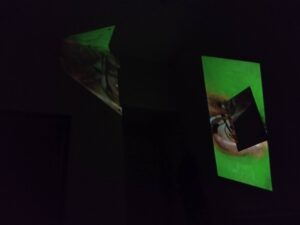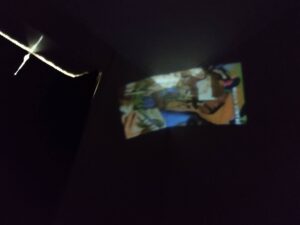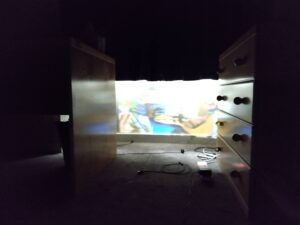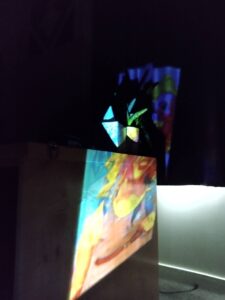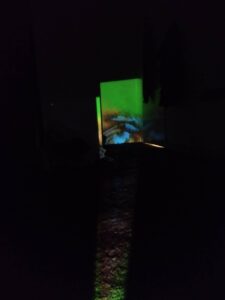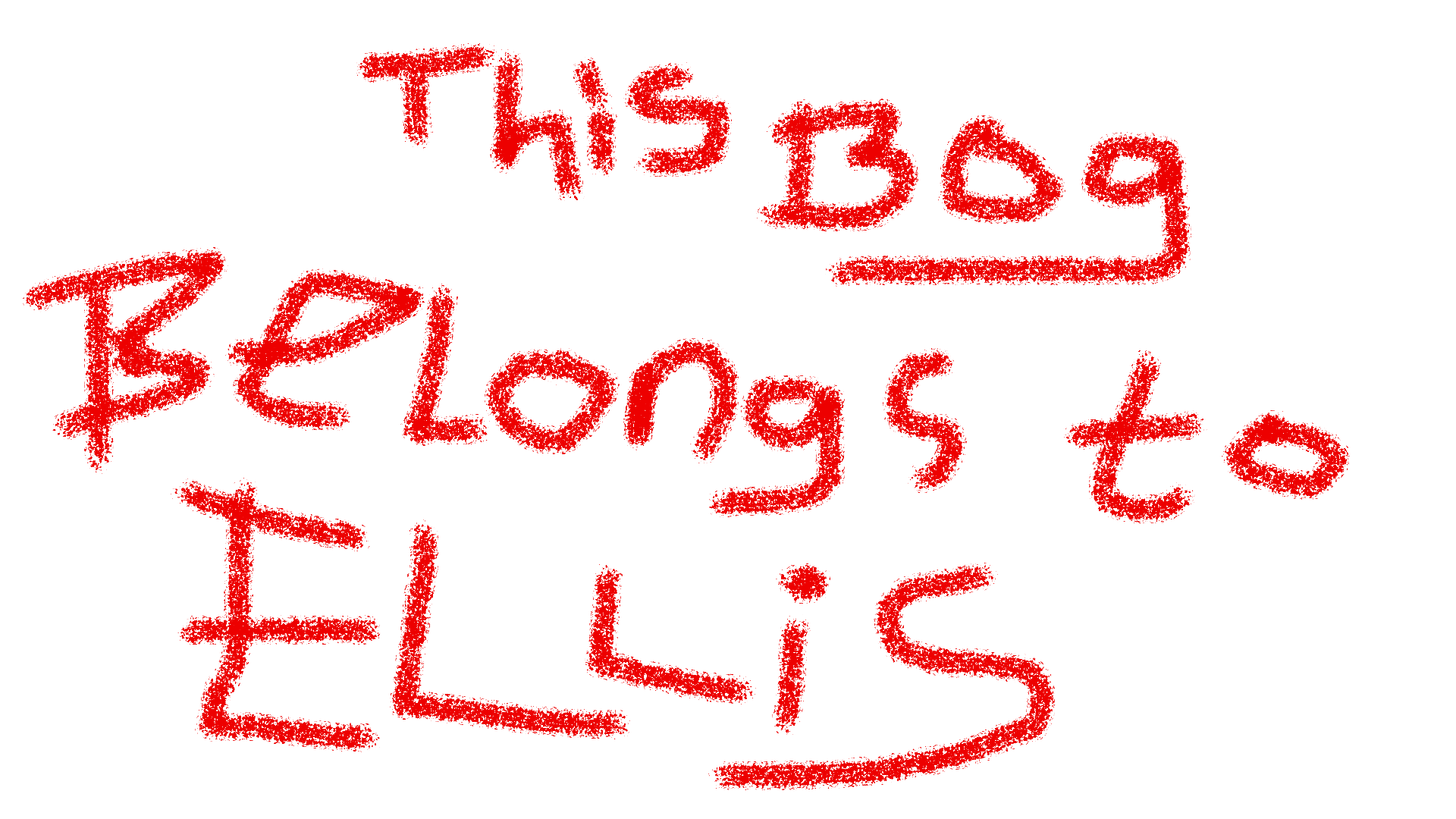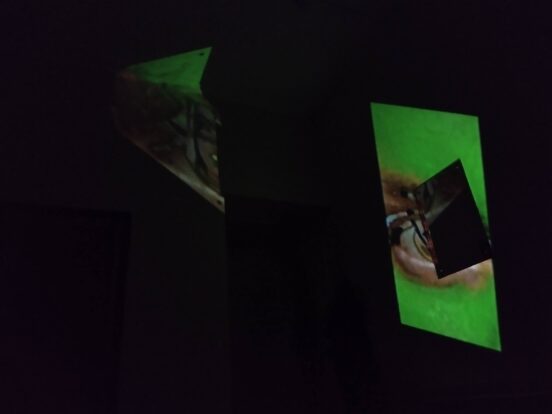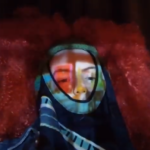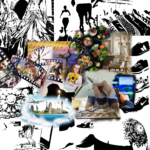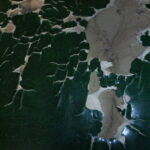Adam Curtis’s The Century of the Self features a dazzling array of images and videos to illustrate the point and narrative he is trying to convay. One that particularly interested me was American Portrait: The Values and Lifestyles Program, which gives an overview of the different types of consumers in America, who are defined by their values and lifestyles which businesses can create and market products to. Each ‘vals’ type is explained alongside a “real life” example in an attempt to humanise these corporate terms, and although these characters seem fairly genuine at first, the more I watch this video, the more I’m convinced that they’re probably just actors. I was initially interested in this video as it a portrayal of a now primitive seeming understanding of consumer habits, in comparison to the complex algorithms and data processing used to identify consumers today.
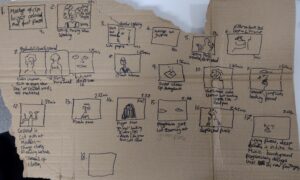 This was a rough plan I made for the video.
This was a rough plan I made for the video.
I wanted to explore these consumer categories as characters by acting them out in my own way. I used tape and bin bags to mesh the bodies into the background and conceal their faces in a way that would suggest they can’t see the whole truth, or that they are hiding something.
I combined these performances with other clips relating to The Century of the Self, such as an interview with Werner Erhard, the founder of the controversial EST (Erhard Seminars Training) organisation, which preached the ideas of the human potential movement and individualism.
The title I gave this piece – Feeding Your Infinite Desires – was a phrase I picked up from an interview with Shoshana Zuboff, author of Surveillance Capitalism, when she was describing how technology and business companies are capable of catering products for anything you desire, and show you advertisements for them at the exact time they predict that you’d want them.
As well as the found media, I also reused some other videos I had made from this project, and the video below that I was initially going to keep separate to this piece, but it quite easily melded into the narrative. The idea for this video initially came to me when I was thinking about my essay for the visual cultures course, as I was particularly interesting in how surveillance has become a lot more invasive through the implementation of modern technology. It’s visual style was inspired by the large, clunky monitors you sometimes see by the entrances to supermarkets and large clothes/department store, which hand down imposingly from the ceiling and display a glitch, choppy reflection of yourself as you enter.
After some feedback, I decided to try projecting the film in my room. I had initially been sceptical of this idea since the video had been designed to be viewed on the phone, and the work itself was a comment on that kind of technology and its ability to survey and market to us. However, I did quite like the results of the projections and would like to develop this further, perhaps by implementing it into some kind of performance, where I act out the characters live to an audience.
